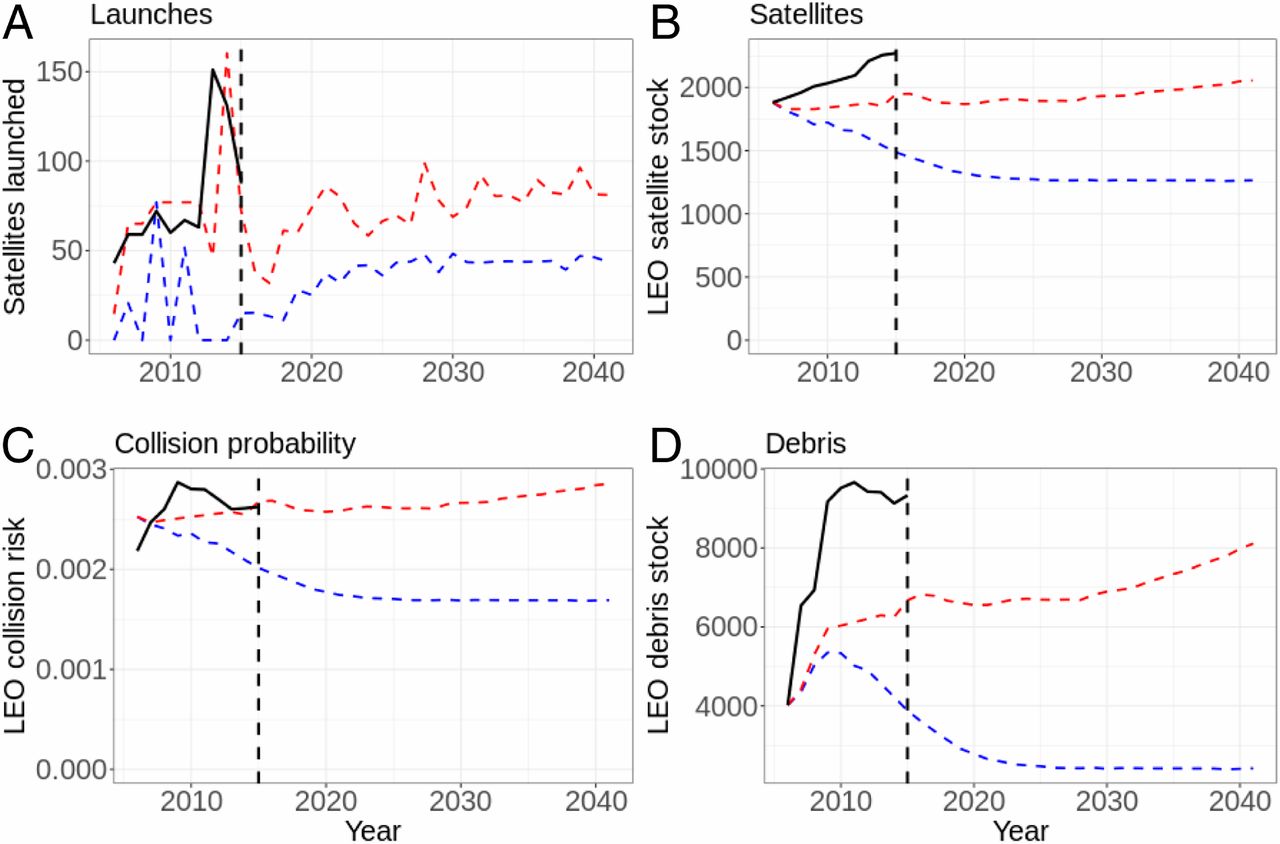Long March rocket’s long fall makes case for space solutions
 11 Mei 2021
11 Mei 2021
The global drama over China’s Long March 5B rocket may have ended late Saturday with space debris raining down over the Indian Ocean, but industry experts warn there are decades’ worth of objects still in the sky and the problem will only grow in the coming years.
Japan’s magnetic tethers and the European Union’s ADEO drag sails are just two of the proposed technical solutions to reduce “space junk.” It ranges from more than 100 million tiny yet dangerous fragments, to some 26,000 objects that are at least the size of a softball and capable of destroying a satellite on impact.
The good news from NASA, the United States agency, is that the amount of accumulating space debris can be slowed if at least 90 percent of all spacecraft are designed for removal from orbit within 25 years of the end of their mission, and at least five other objects – objects in space for decades that can’t be controlled or return on their own – also are removed every year.
But that requires global agreement on compliance among the evolving commercial operators as well as governments. So far that compliance is still at a level of between 20 and 30 percent, far short of the 90 percent benchmark, according to the agency’s January 2021 report.
That’s why three economists in the United States have proposed a policy solution that might work alongside the technical solutions. They envision an “orbital use fee” model, with an OUF that would work much like carbon taxes do on earth to limit greenhouse gas emissions and the related harms to our planetary future.
Matthew Burgess and Daniel Kaffine, both at the University of Colorado Boulder, and lead author Akhil Rao of Middlebury College, believe that setting an ever-increasing annual price on orbiting satellites (apart from their launch fees) will limit the amount of debris that’s getting left behind. Their paper was published last year in the Proceedings of the National Academy of Sciences (PNAS).
“The costly buildup of debris and satellites in low-Earth orbit is fundamentally a problem of incentives—satellite operators currently lack the incentives to factor into their launch decisions the collision risks their satellites impose on other operators,” the authors explain.
“Our analysis suggests that correcting these incentives, via an OUF, could have substantial economic benefits to the satellite industry, and failing to do so could have substantial and escalating economic costs.”
Essentially, their method works to address the costs of inaction seen in other climate spheres. The authors point to the sad legacy of oil extraction, the costs of illegal fishing to the fishing industry itself, or the ever-increasing traffic encouraged by open roadways, as examples of what we know when the risk and its costs are ignored.
They say the space industry is still young enough to avoid the same mistakes, but first it has to take seriously the risk that space debris poses to space programs and the associated services everywhere.
“Space is a common resource, but companies aren’t accounting for the cost their satellites impose on other operators when they decide whether or not to launch,” says Burgess. “We need a policy that lets satellite operators directly factor in the costs their launches impose on other operators.”

The post Long March rocket’s long fall makes case for space solutions appeared first on Sustainability Times.
